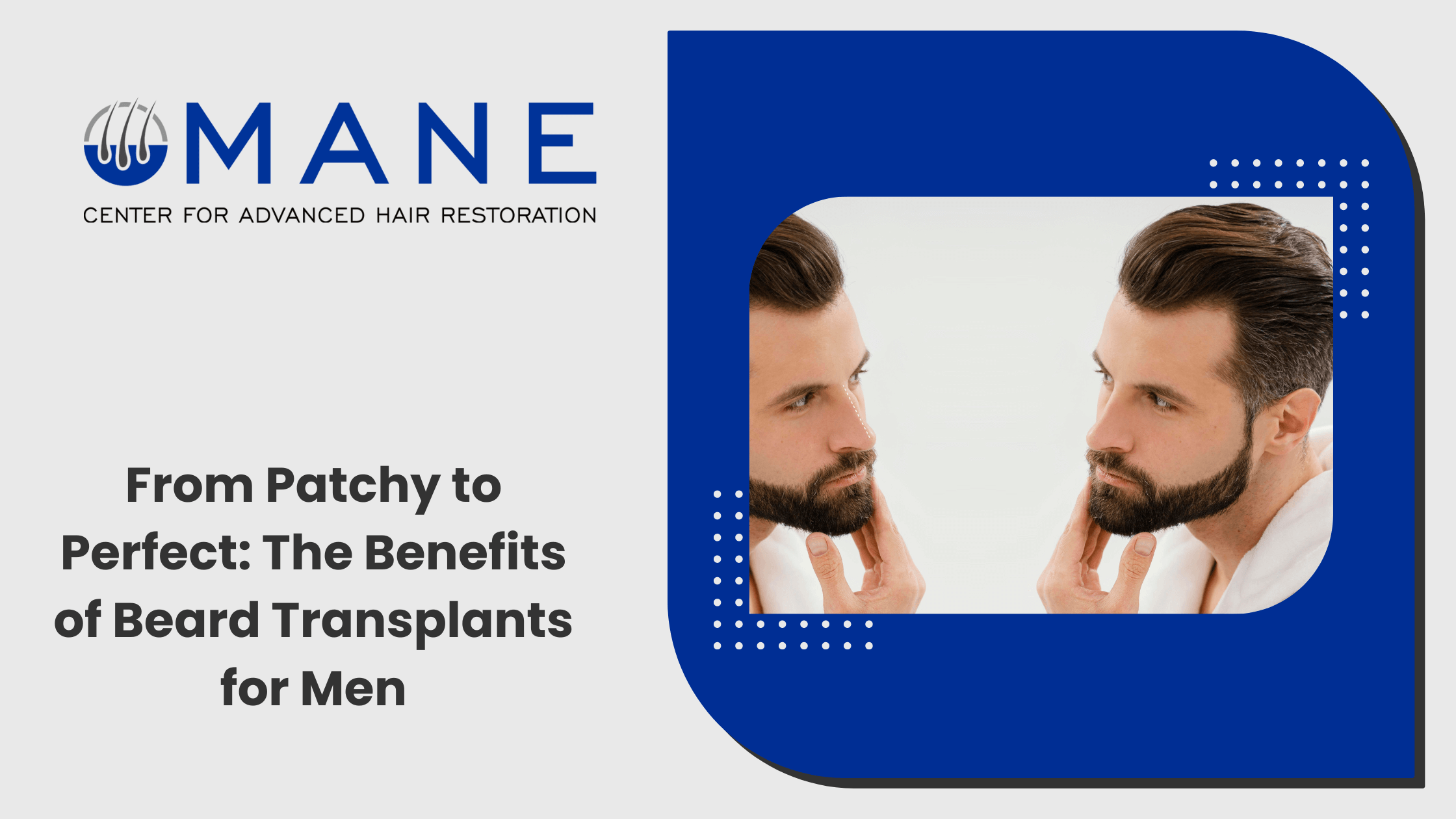


A beard transplant is a cosmetic procedure that includes transplanting hair follicles from one part of the body to the beard area, resulting in a fuller and thicker beard. According to research, around 5% of procedures in men targeted beard transplants. The procedure is gaining popularity among men who desire a more masculine appearance or have patchy or thin facial hair. Read on to learn about the Best Beard Transplant in Chevy Chase, MD, along with its procedure and benefits.
A beard hair transplant is a cosmetic procedure where hair follicles are extracted from a donor site and transplanted onto the beard area to enhance or create a fuller beard. The transplanted hairs will continue to grow like natural beard hair and require similar grooming and maintenance. The procedure is performed under local anesthesia and may take several hours, depending on the extent of the transplant.
Below are some potential benefits of beard transplant:
See Also: What Should You Know about Beard Implants?
A beard transplant is a procedure for individuals with sparse or patchy facial hair growth. The procedure involves the following steps:
The entire procedure typically takes several hours to complete, and patients may need to undergo multiple sessions depending on the extent of the desired beard growth.
There are two main types of beard transplants:
Hair transplant surgery involves taking hair follicles from one part of the body, typically the back or sides of the scalp, and transplanting them into areas of the scalp that are bald or thinning. This donor hair is typically resistant to the effects of hair loss and will continue to grow in its new location. In some cases, hair can also be harvested from other parts of the body, including the chest or beard, to be used for transplantation. The transplanted hair follicles are carefully implanted into the scalp using specialized techniques to ensure a natural-looking and long-lasting result.
See Also: 8 Frequently Asked Questions about Beard Transplants
The longevity of a beard transplant can vary depending on several factors, such as the patient's genetics, the skill of the surgeon, and post-transplant care. On average, a successful beard transplant can last a lifetime, as the transplanted hairs are typically taken from the patient's scalp, which is not affected by male pattern baldness. However, the transplanted hairs may undergo natural aging and thinning over time, which may require touch-up procedures in the future.
There are two primary beard transplant treatment options which are listed below:
Both methods come with advantages and disadvantages, and the choice of method depends on the patient's individual needs and preferences. Also, other factors may influence the success of the transplant, including the patient's age, hair quality, and overall health.
Diagnostic tests for beard transplant include:
Based on the results of the diagnostic tests, the surgeon will determine whether the patient is an ideal candidate for a beard hair transplant.
If you are experiencing patchy or uneven growth of facial hair, you may consider getting a beard hair transplant. It's necessary to consult with a qualified doctor or hair transplant specialist if you are interested in this procedure. They can evaluate your individual needs and determine whether you are an ideal candidate for the procedure or not. Additionally, they can provide information about the procedure, recovery time, and expected results.
Don't settle for a patchy beard! MANE Center for Advanced Hair Restoration is a suitable place that offers safe, effective, and natural-looking beard transplants that will give you the confidence you deserve. Schedule an appointment with us today to grow the beard you’re looking for.